Day 52 - Princess Atsu, The Tropical Paradise Of Ibusuki, And The Spiritual Practice Of Being Buried Alive, The Kyushu 108 Temple Pilgrimage, Japan
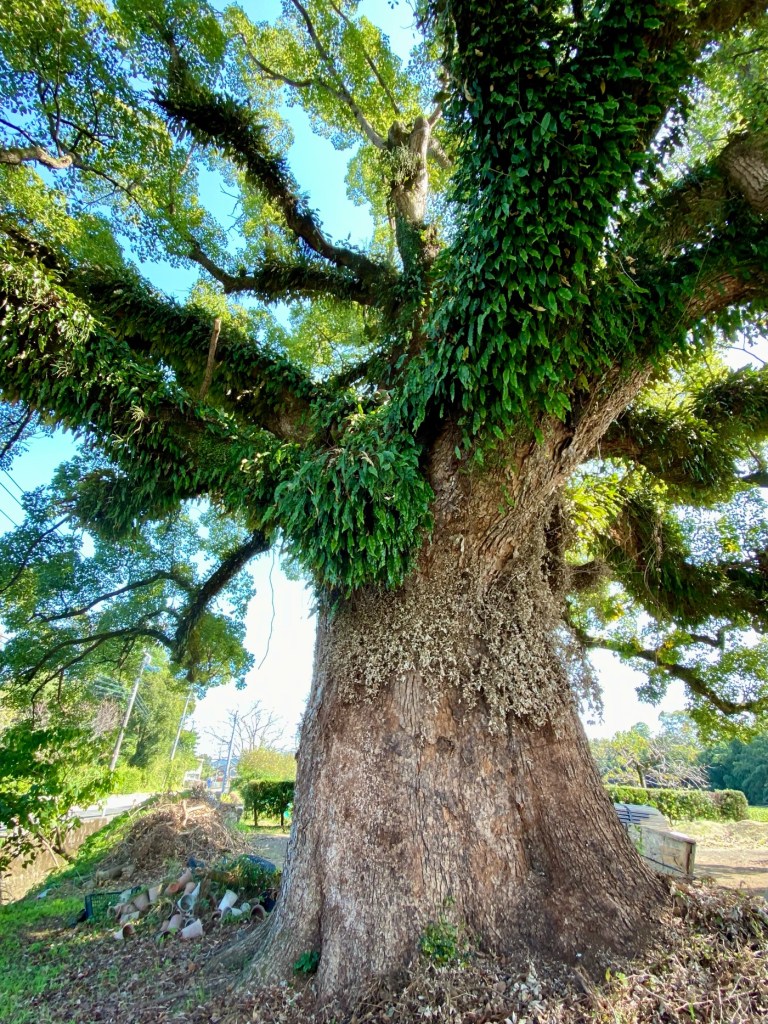
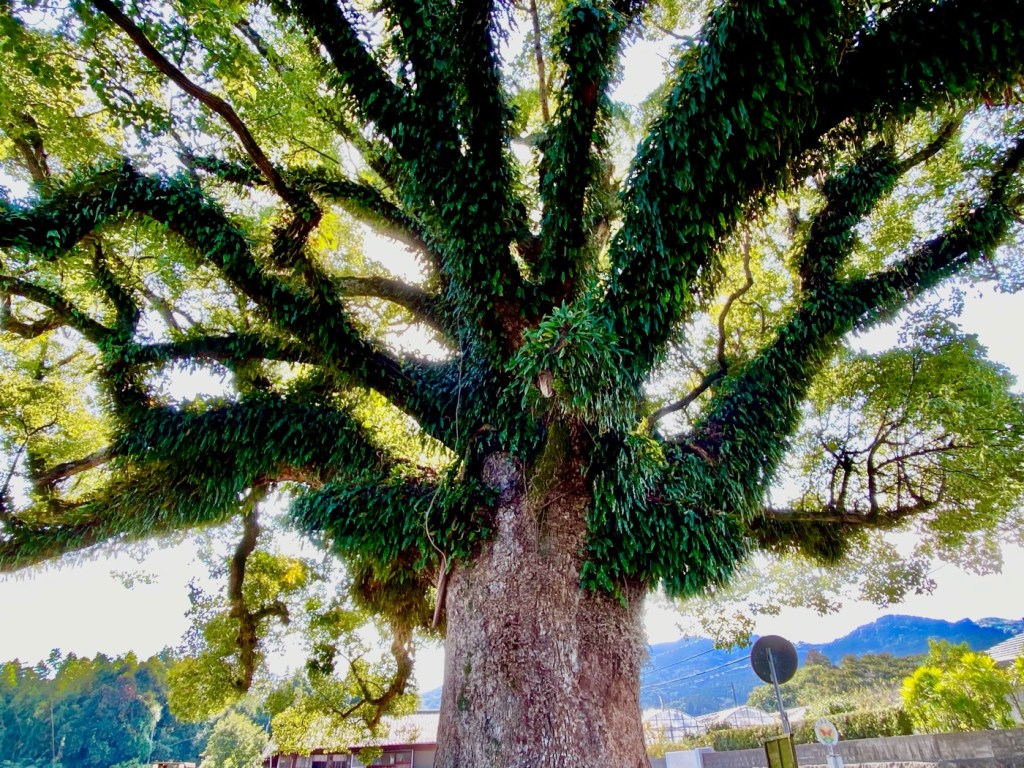
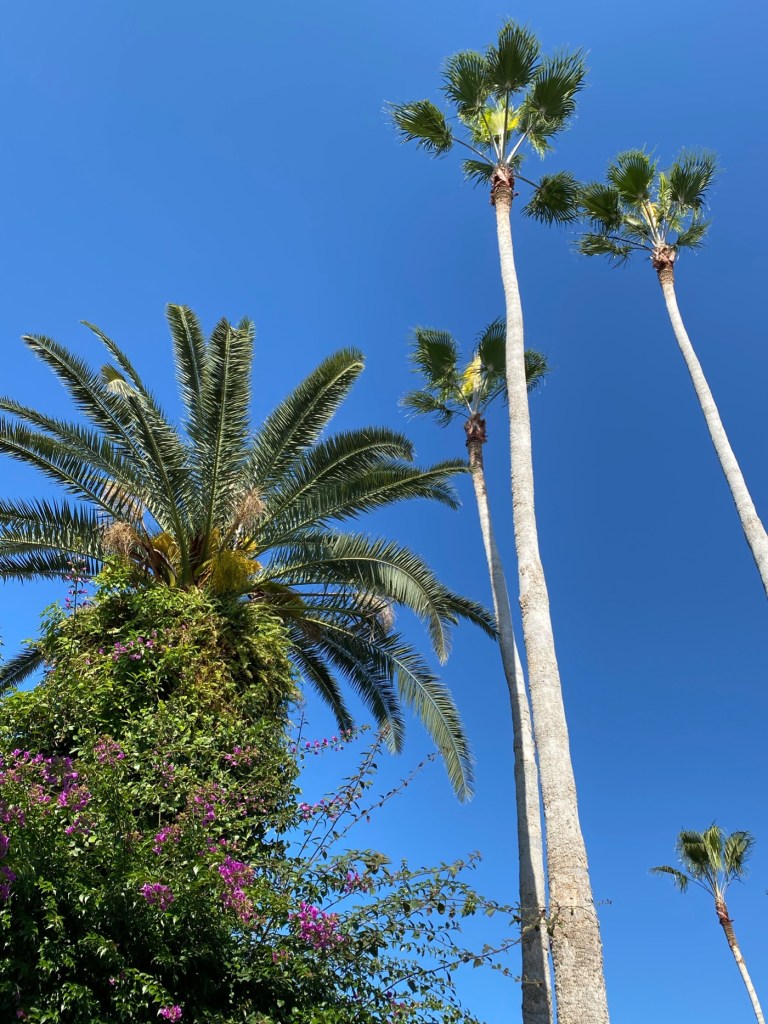
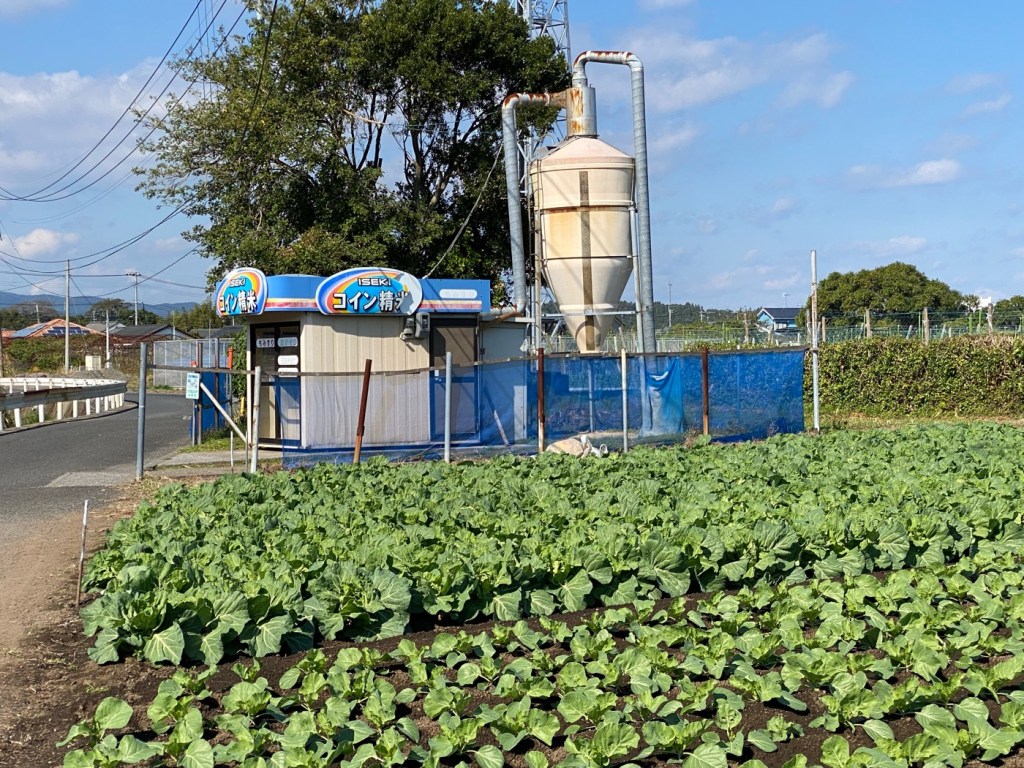
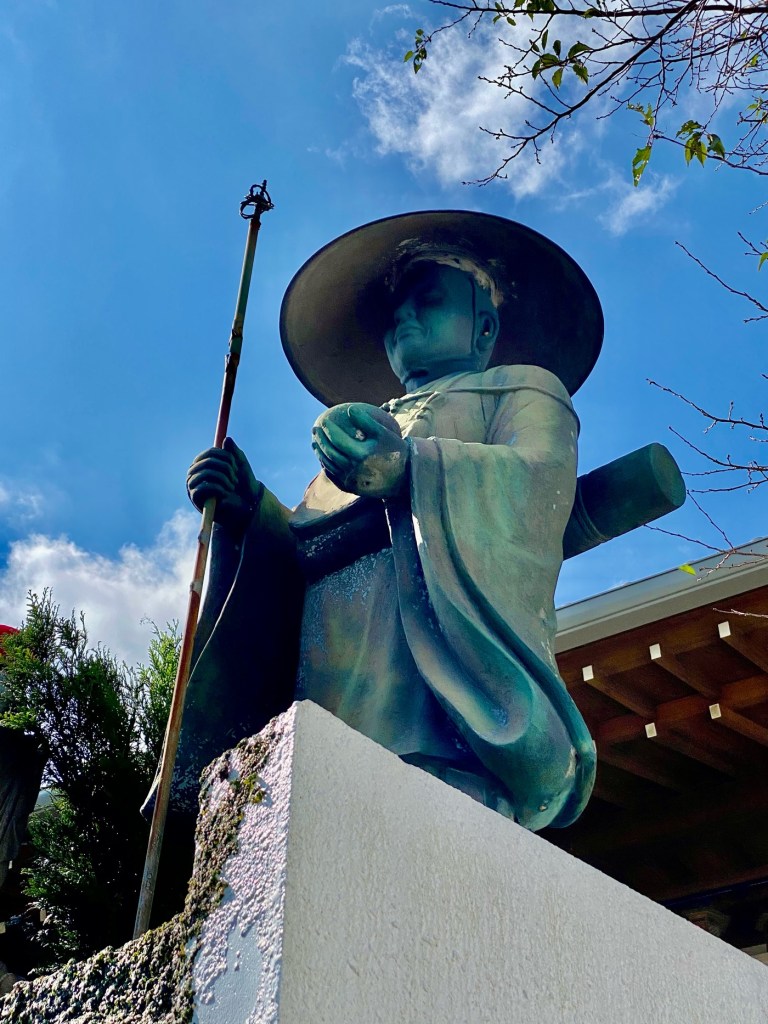
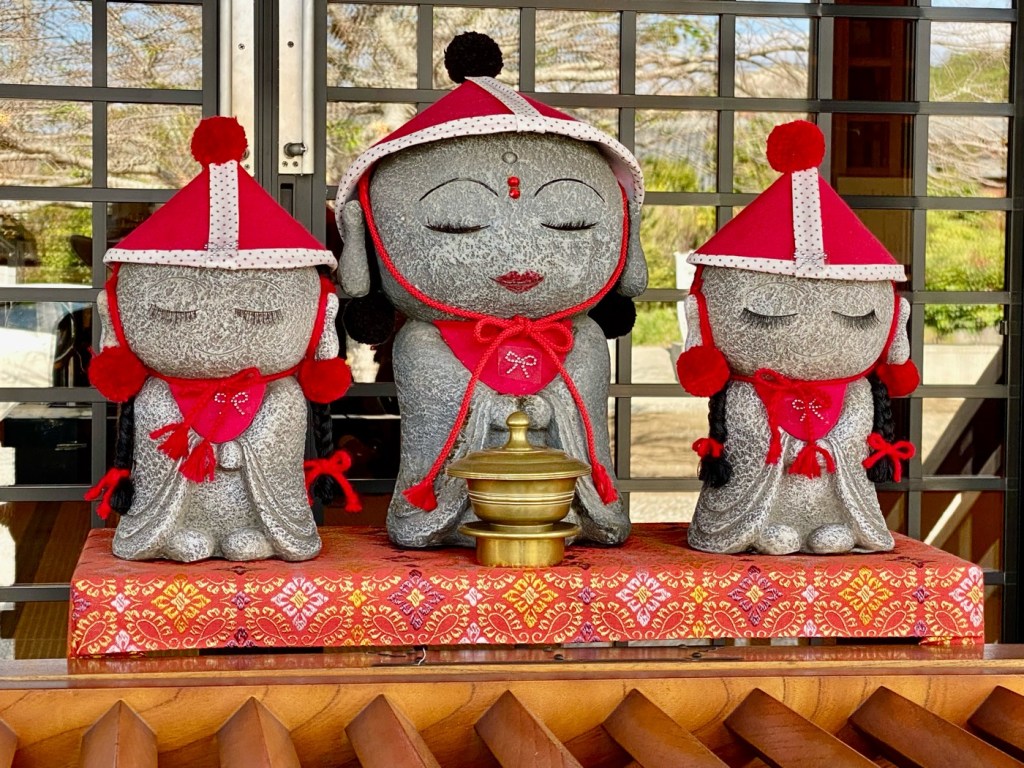
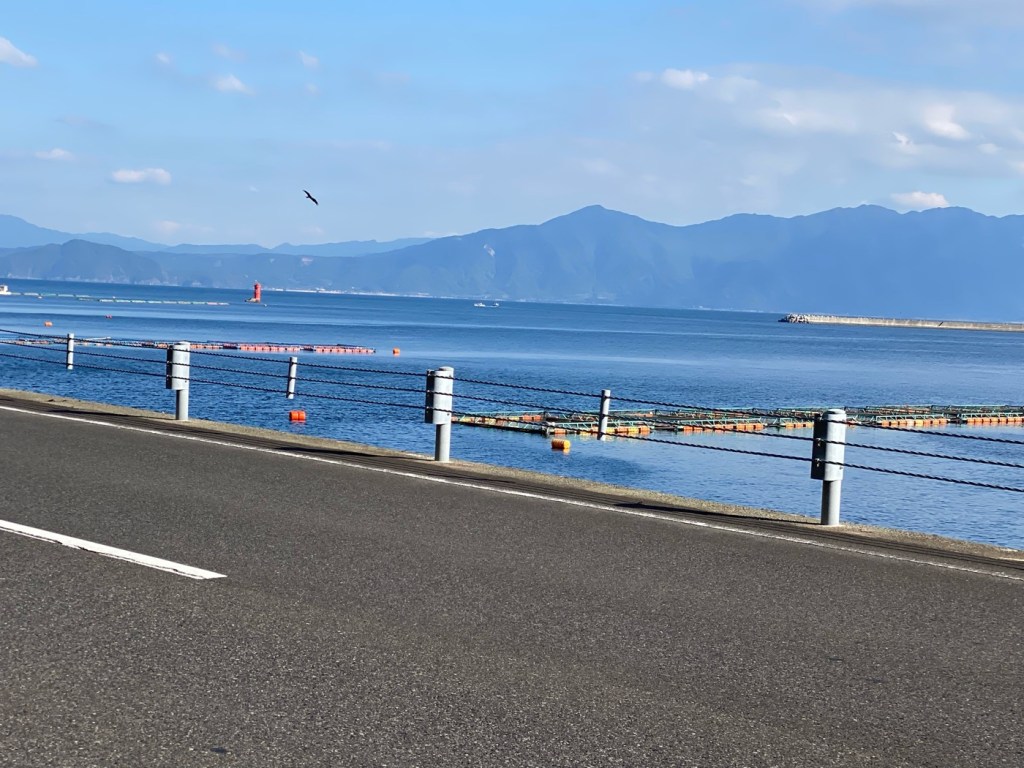
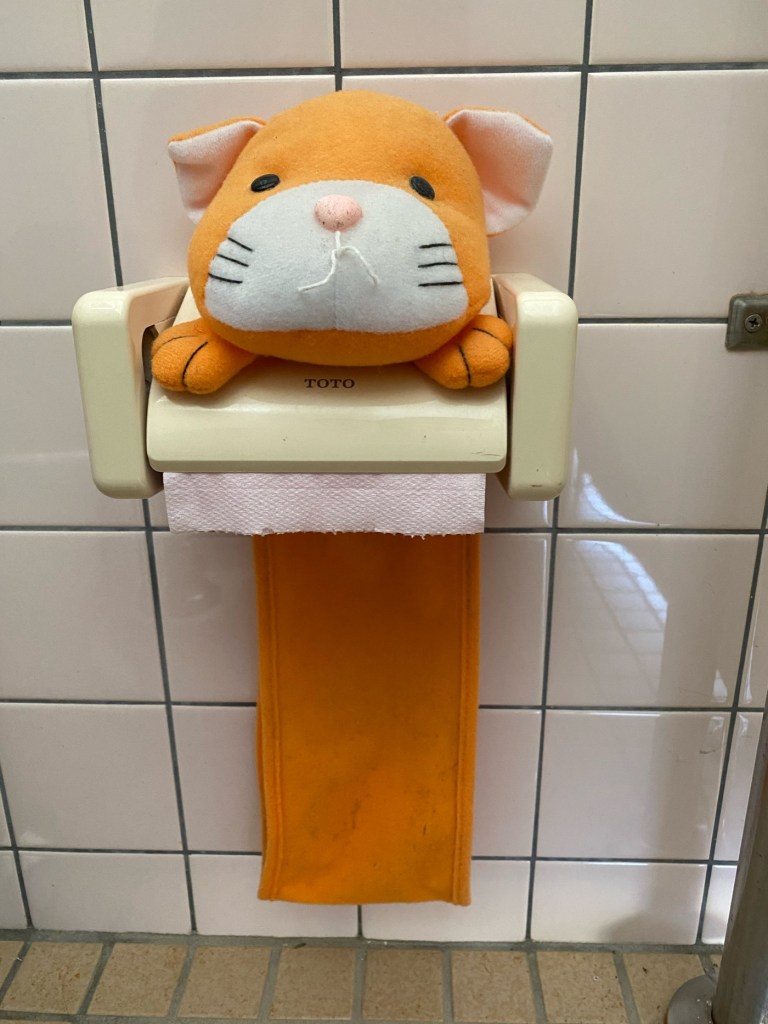
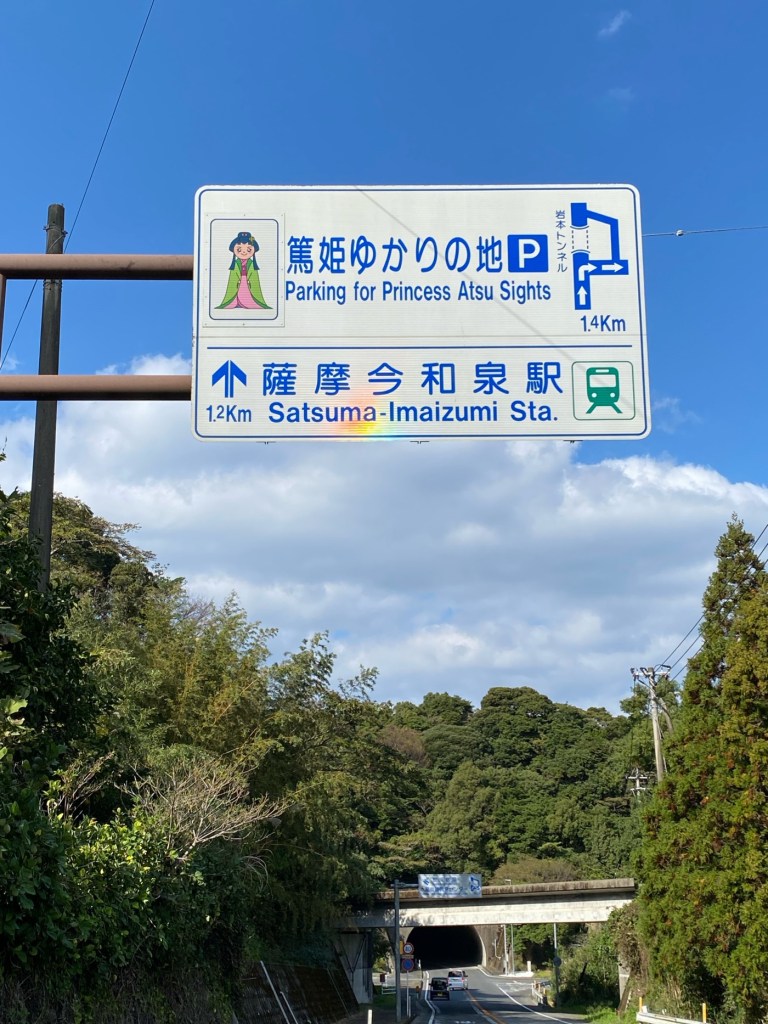
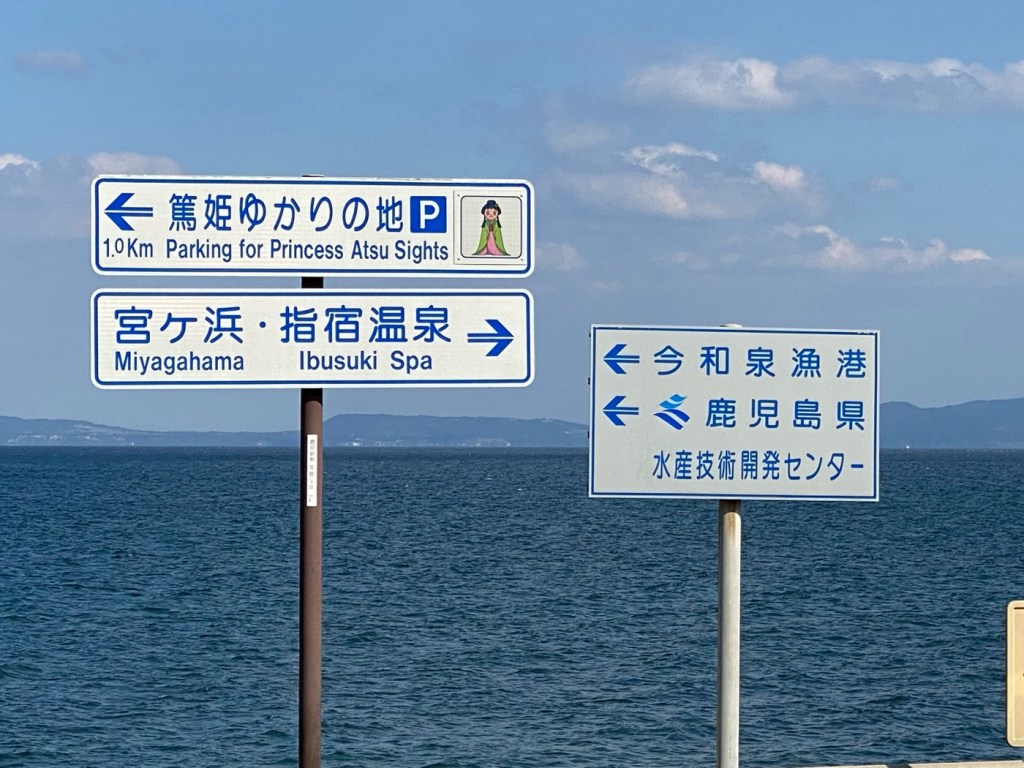
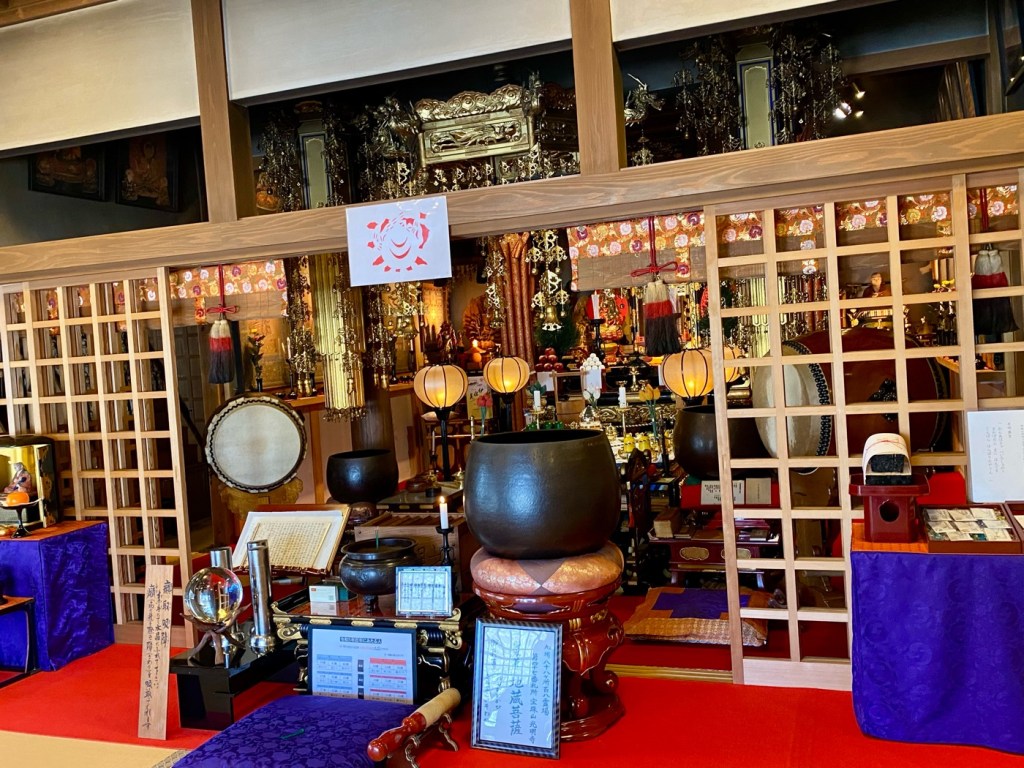
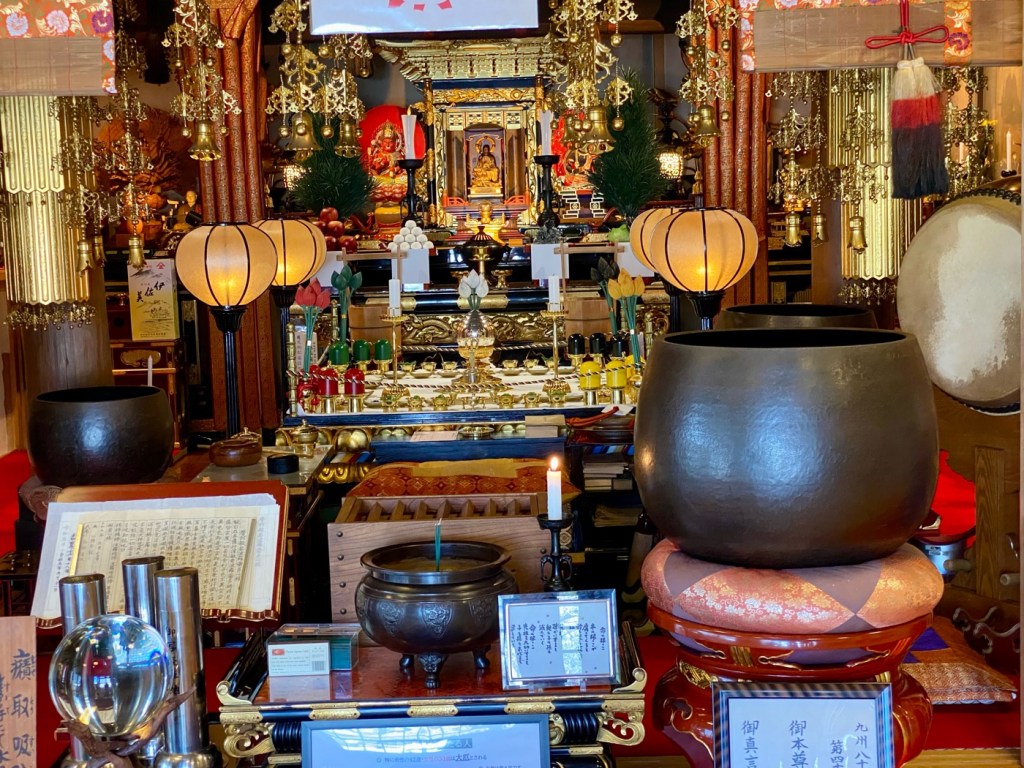
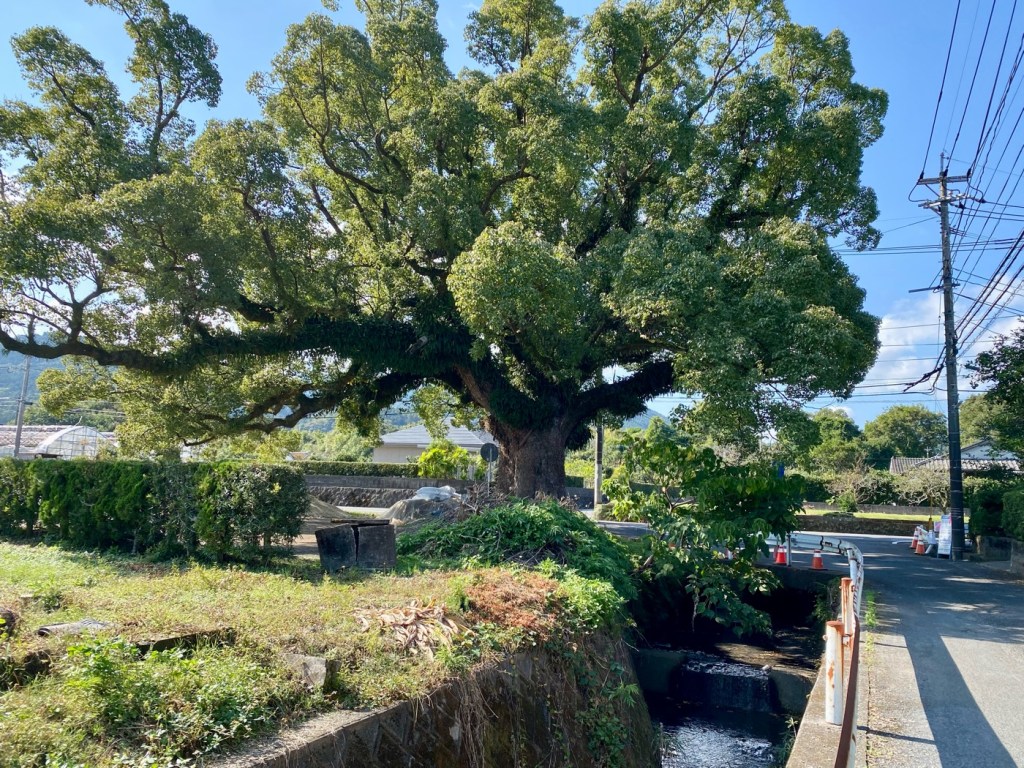
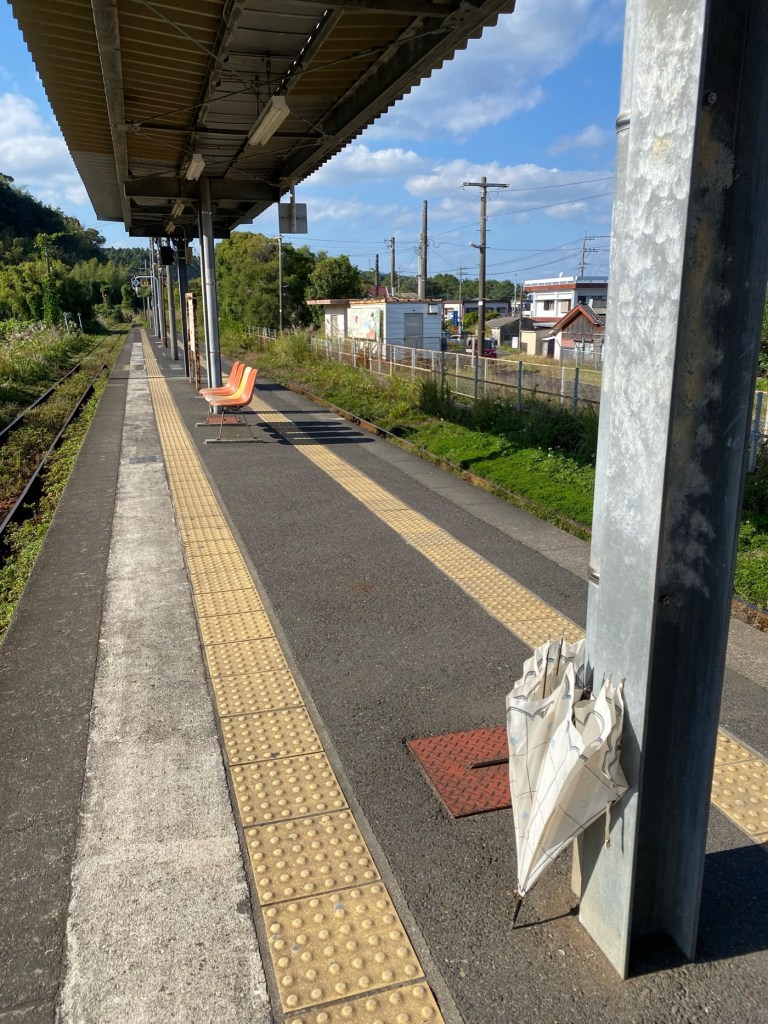
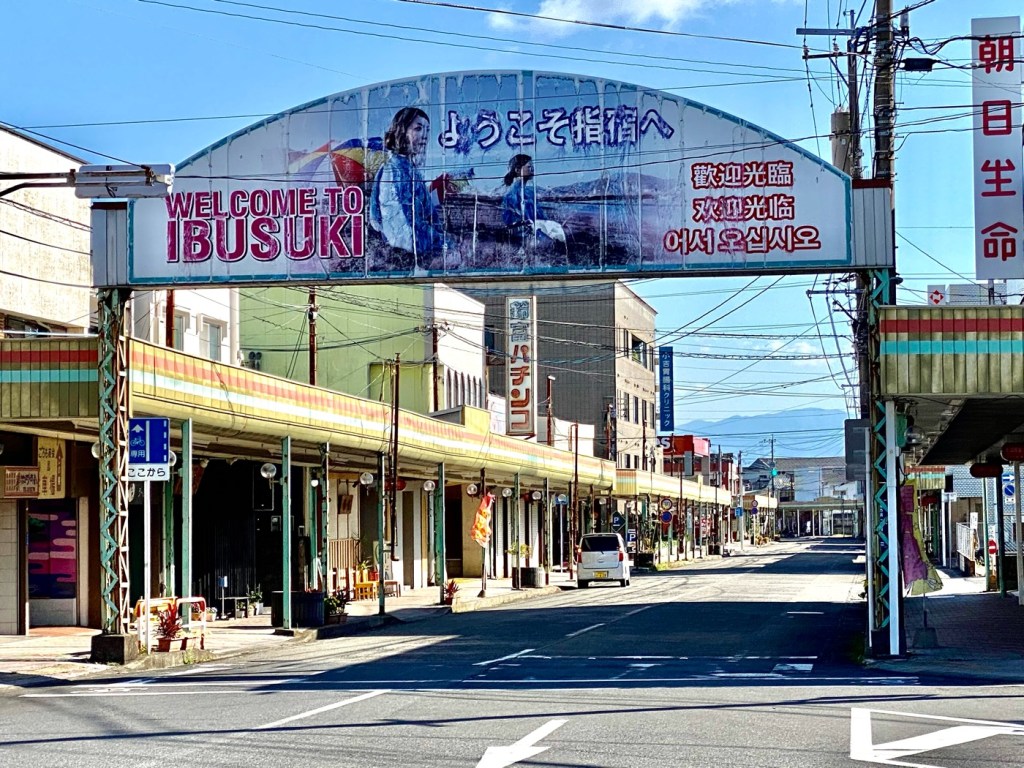
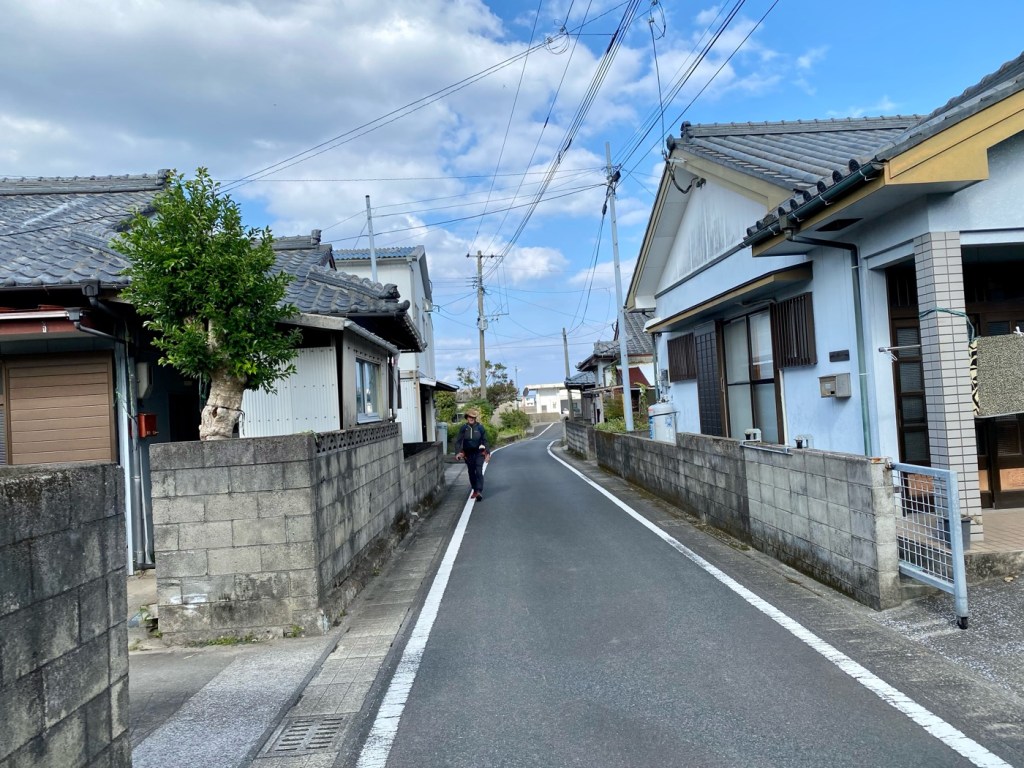
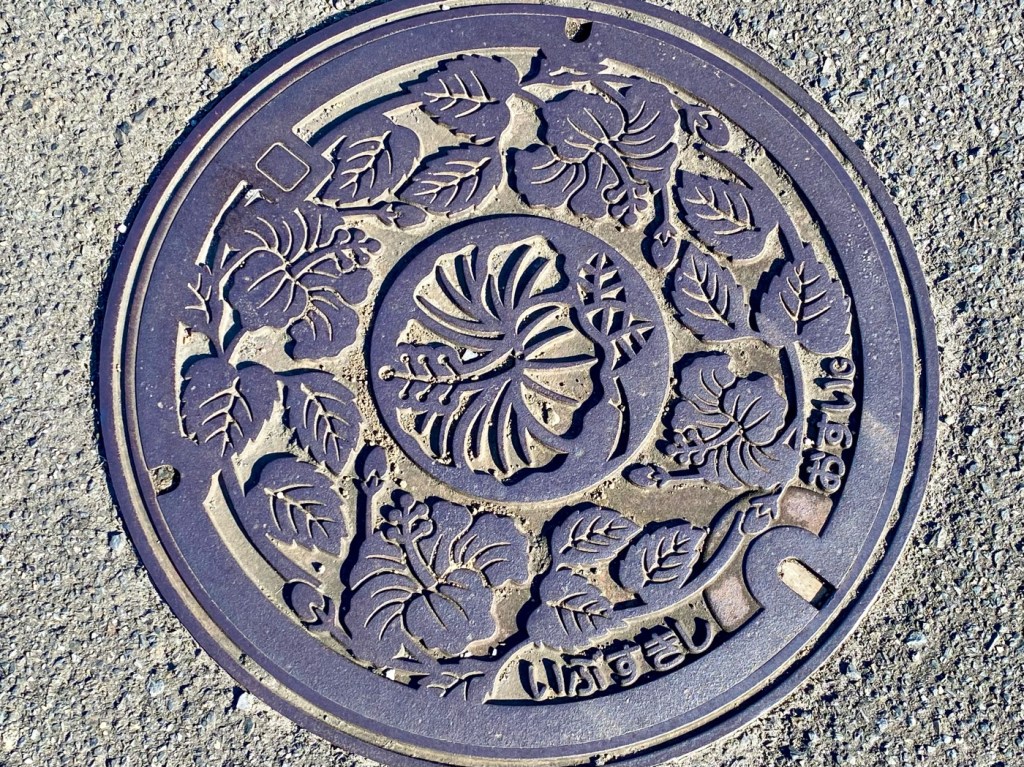
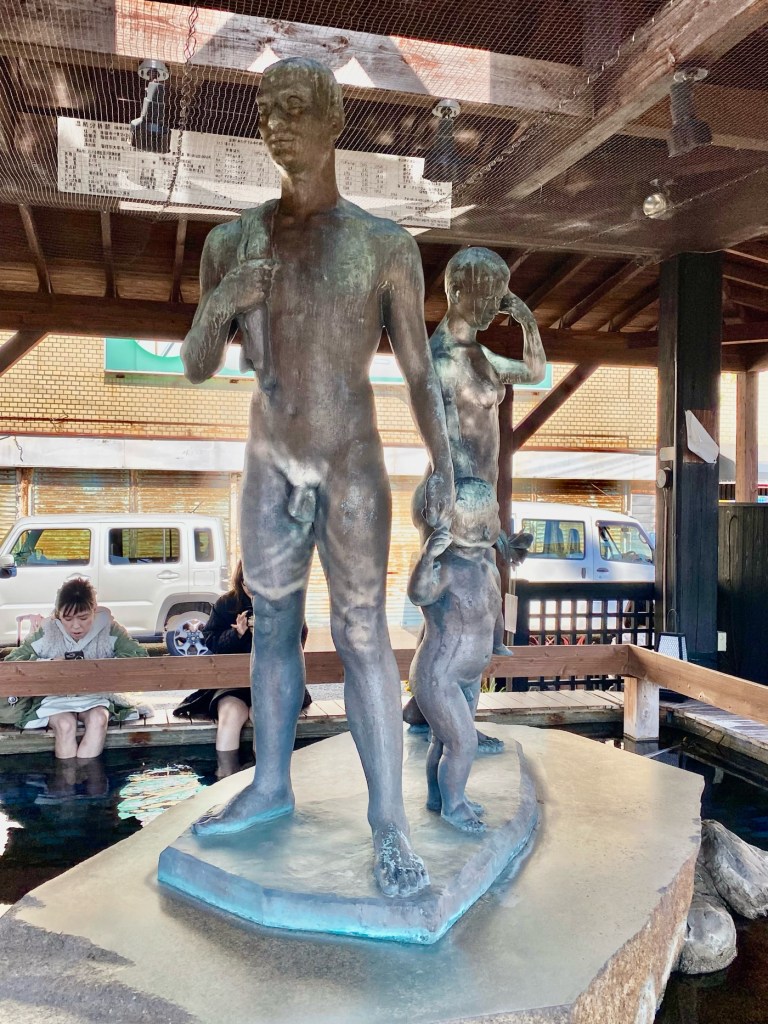
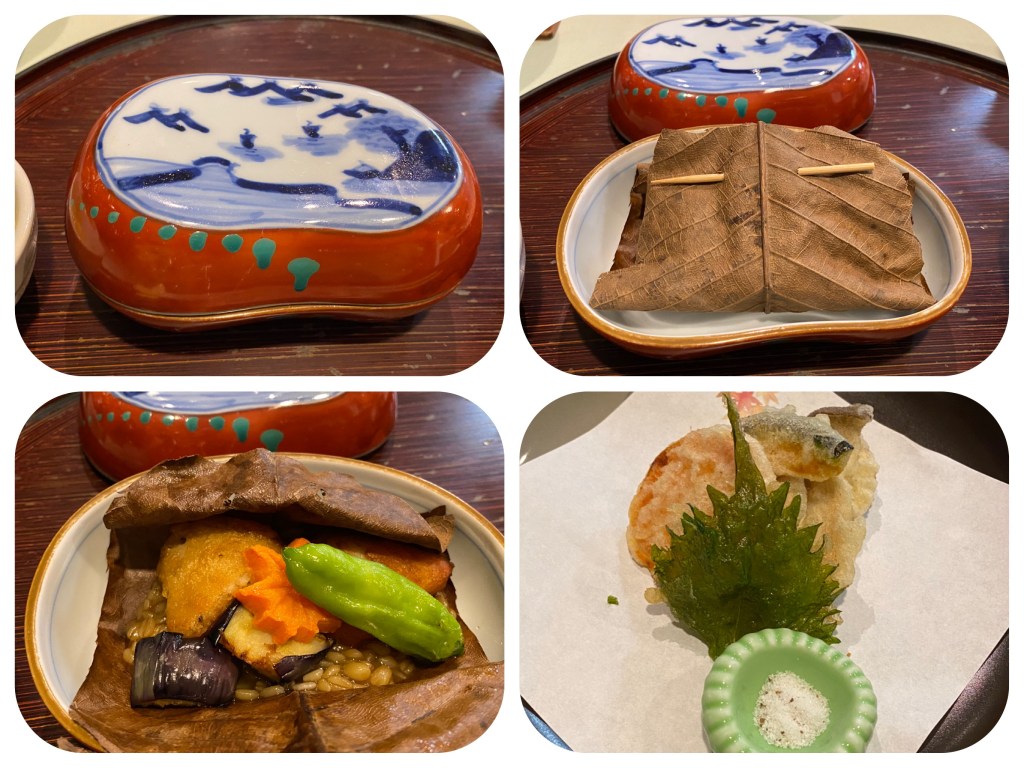
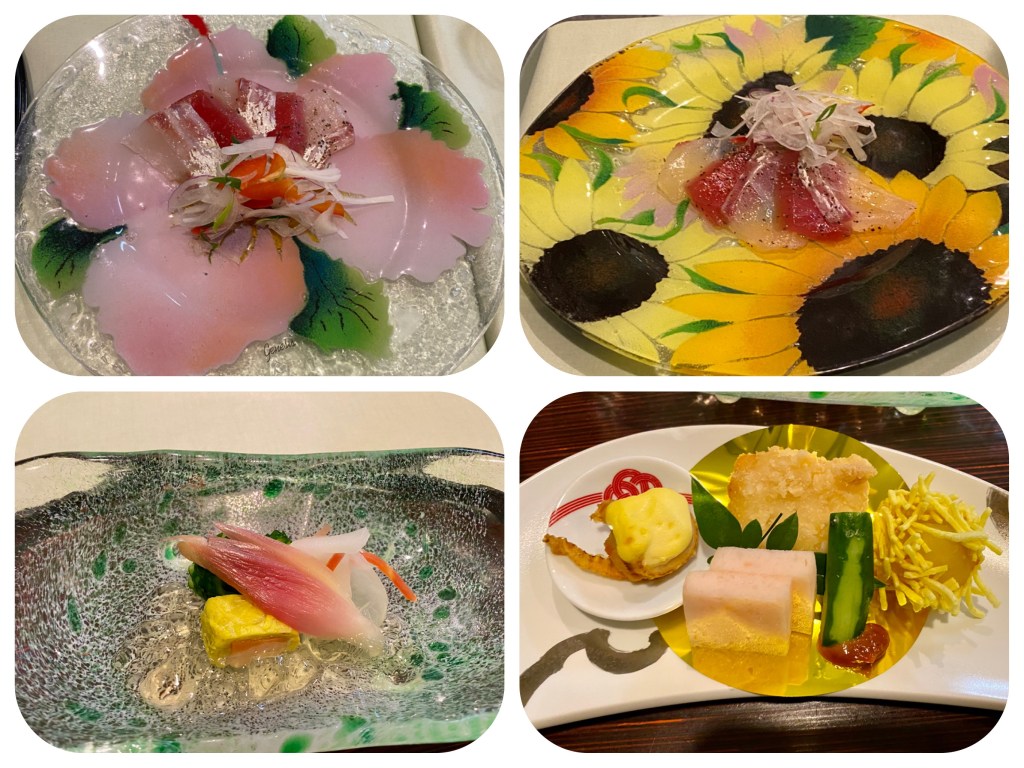
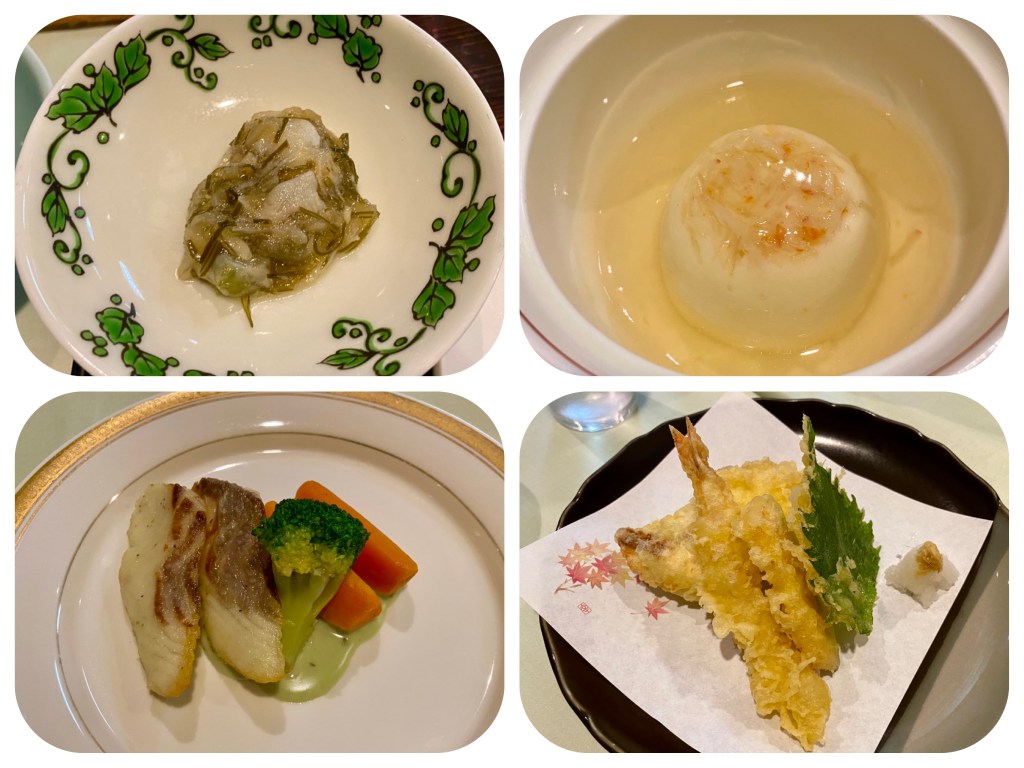
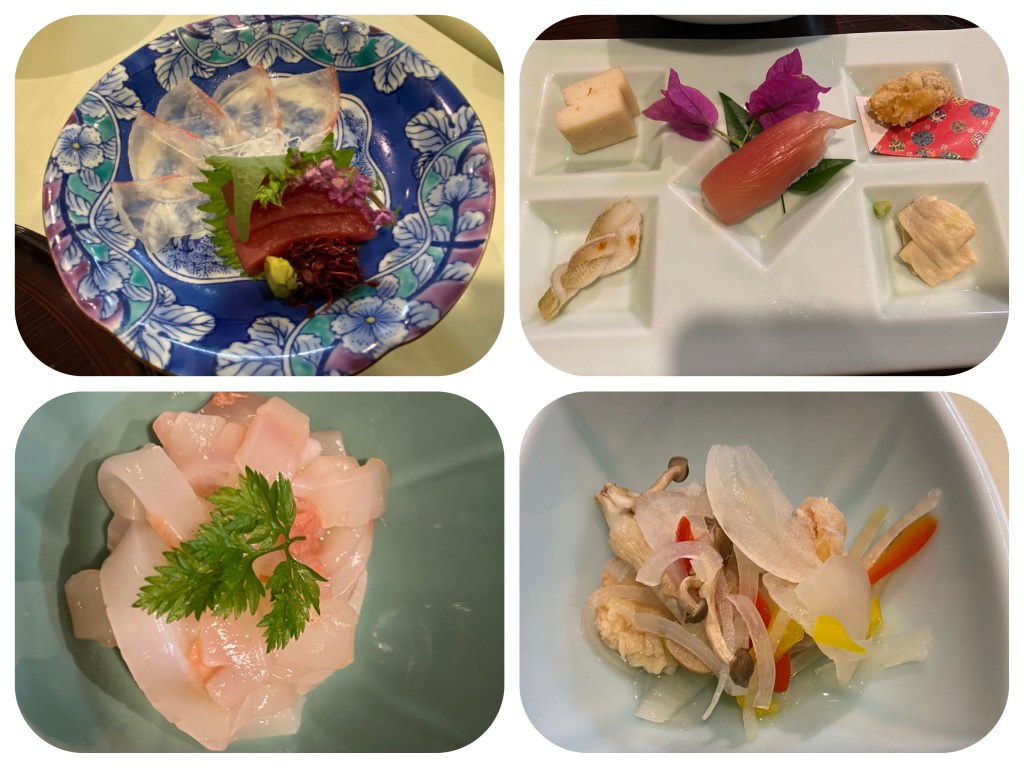
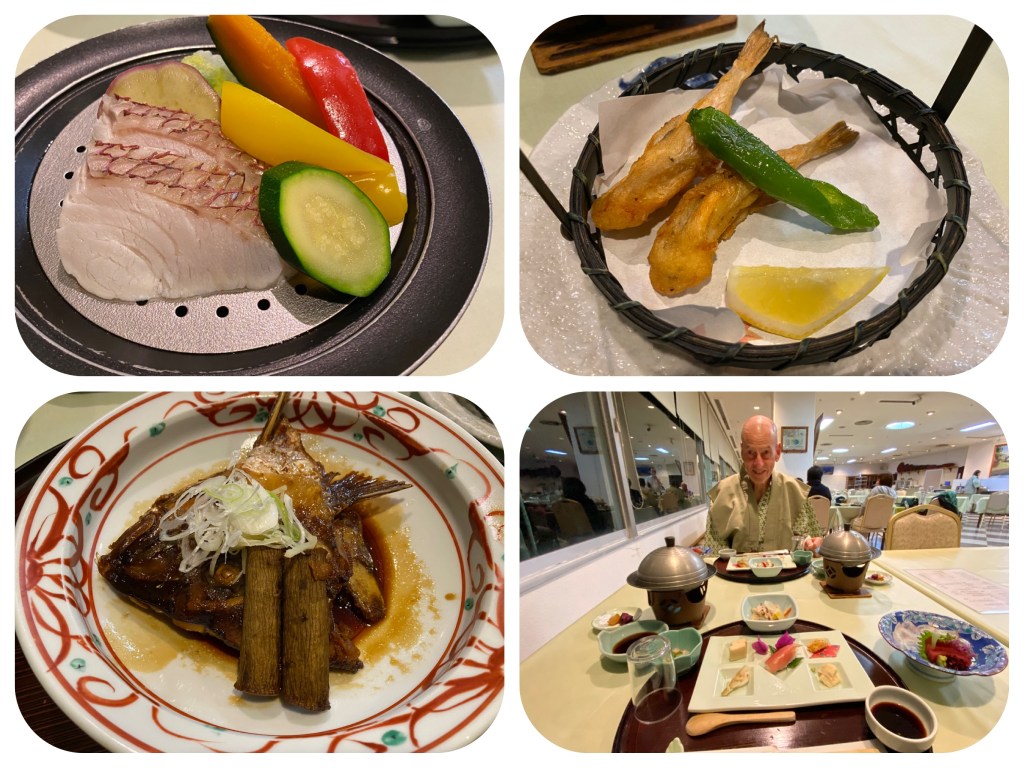
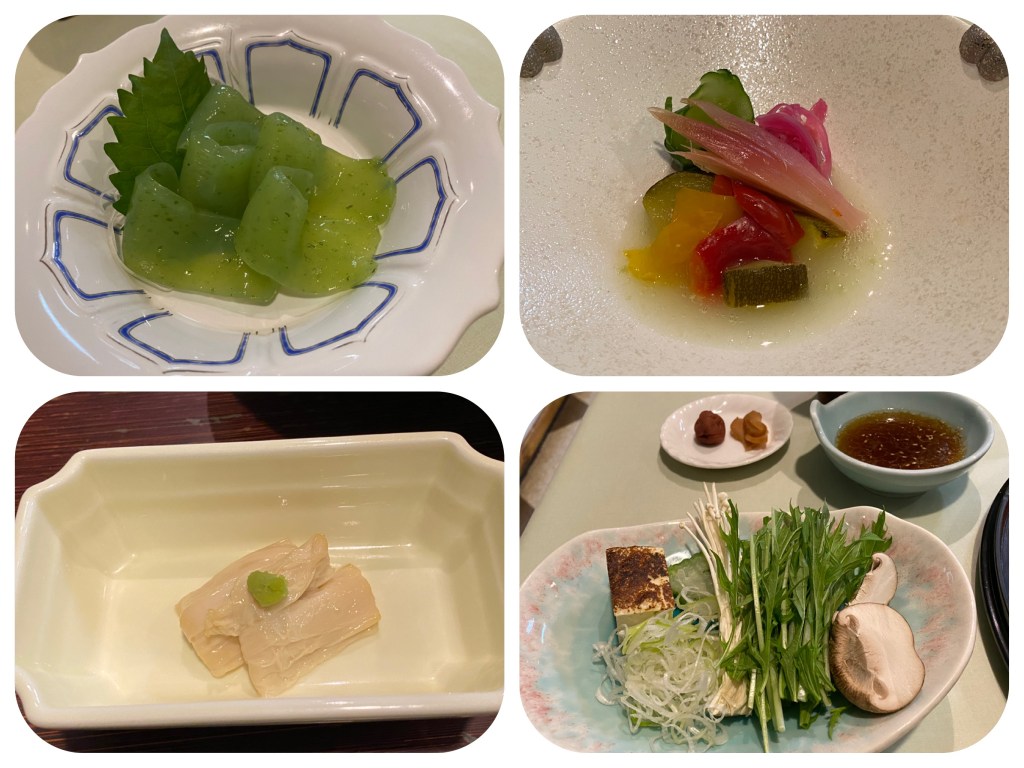
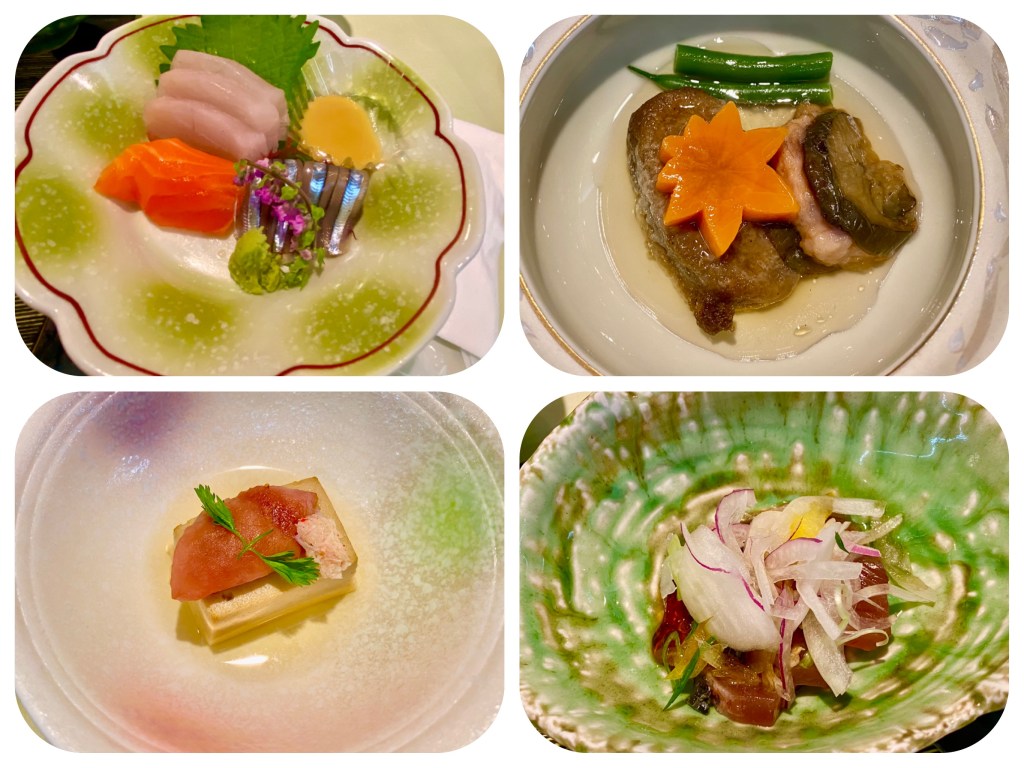
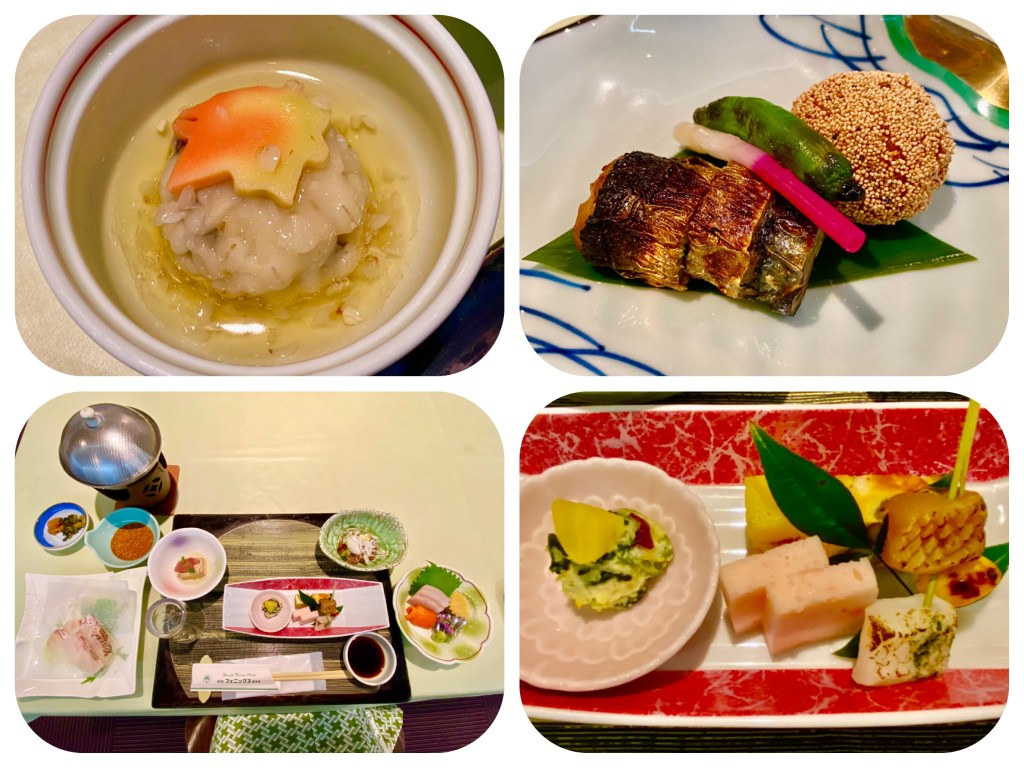
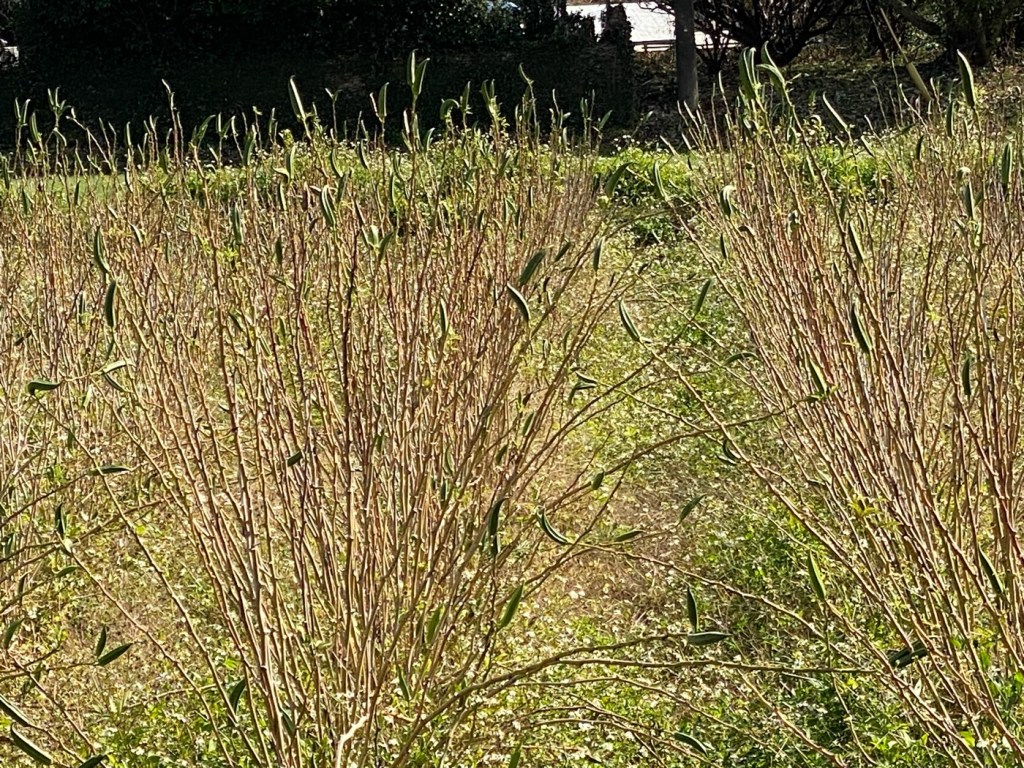
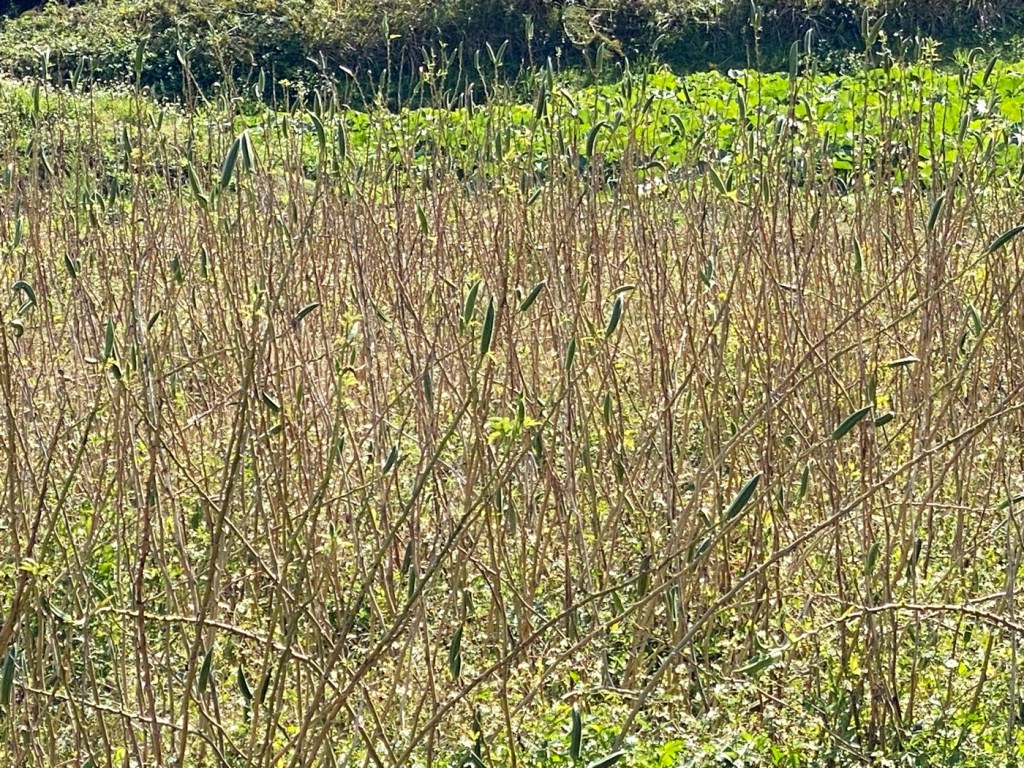

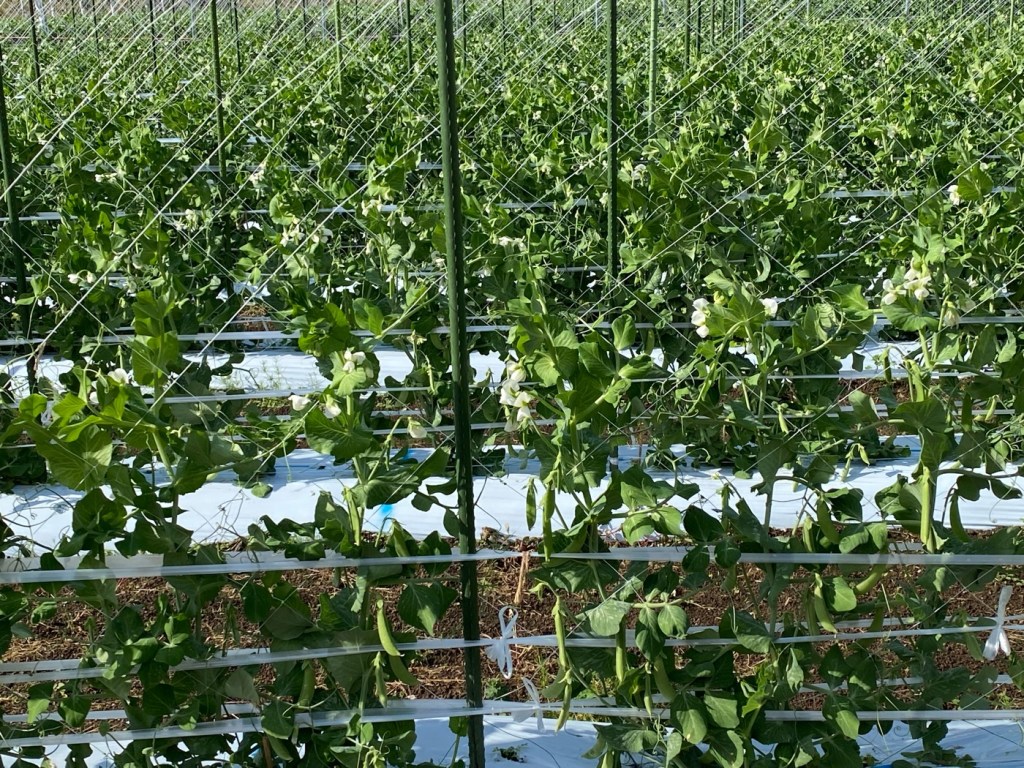
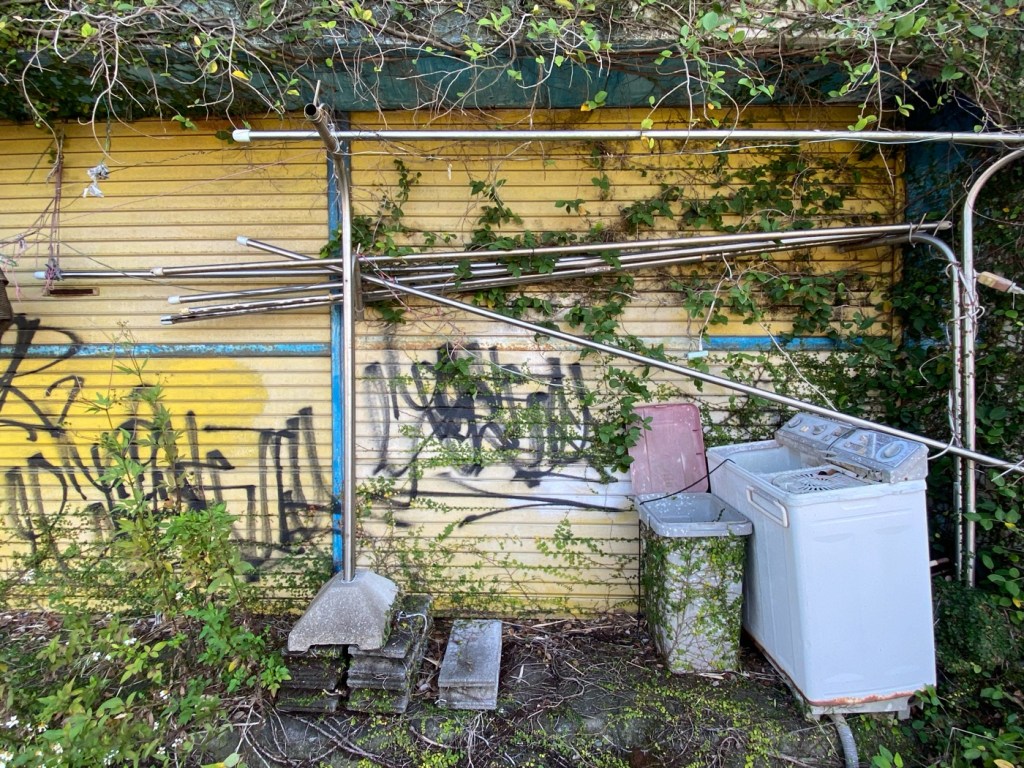
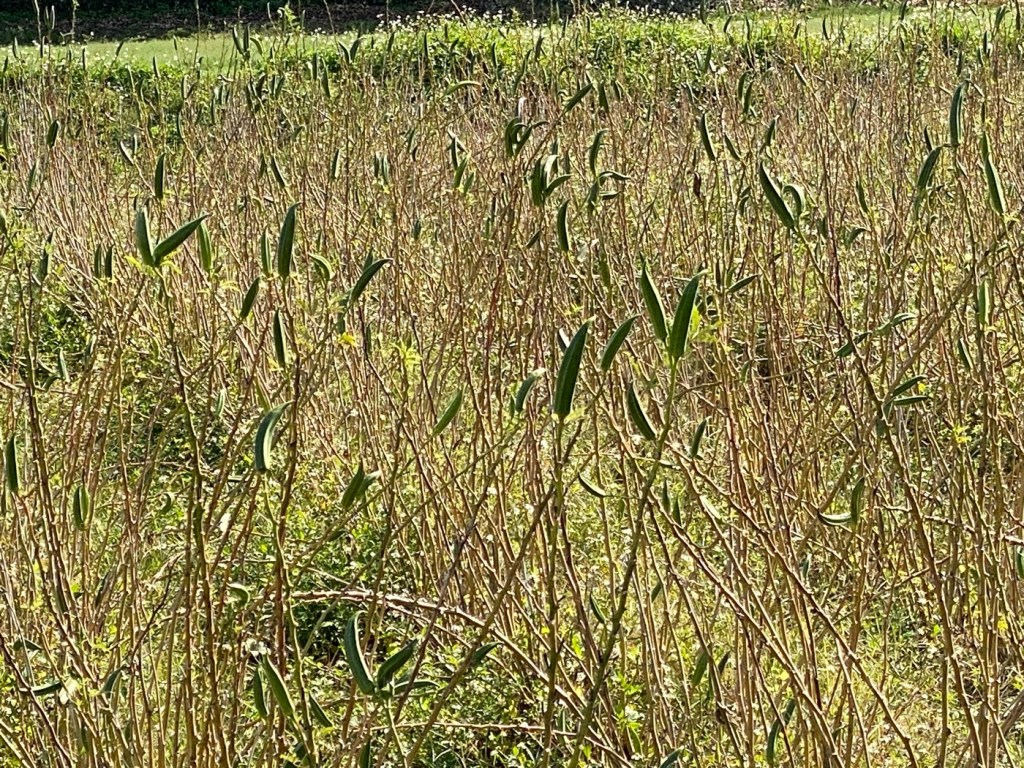
Day 52 - Princess Atsu, The Tropical Paradise Of Ibusuki, And The Spiritual Practice Of Being Buried Alive, The Kyushu 108 Temple Pilgrimage, Japan
Ibusuki is known all over Japan for its Natural Hot Sands, in which you can take a sand steam bath.
The hot spring village is located at the edge of the Satsuma Peninsula, in the foothills of Mount Kaimon Dake, a tall volcanic peak.
I was especially looking forward to the experience of being buried in the volcanic hot black sand.
Not so much for the health benefits, because as far as I could see, the only health benefits are a good sweat while you lay under the hot sand.
No, I was looking forwards to being buried in the sand, as a spiritual practice.
Before breakfast, I went to the hot springs for a morning soak. Breakfast offered a lot of vegetable dishes, so we were happy to avoid eating fish.
At breakfast, we had a long chat about why we saw value in pilgrimages, and how it takes you to small unexpected places that you wouldn’t necessarily come to as a tourist.
A pilgrimage is more than just walking in the beautiful cities of Europe, where the landscapes and buildings were definitely prettier than many towns in Japan.
After breakfast, we set out for Temple #47, about three hours’ walk from the hotel.
We walked deliberately by way of Ibusuki station, because we wanted to see the town center.
Our hotel was located closer to Kaimon Dake, about five kilometers from the center of town.
The train station was very busy with tourists coming and going.
I met a British man who told me that he had retired in Japan, and that he lived in the north near Akita.
He was renovating his kitchen and bathroom, so he decided to come here on vacation while his house is being renovated.
He liked the tropical landscape of Ibusuki with its palm trees swaying in the winds, and of course the hot springs and the sand bath.
We arrived at the temple.
Temple #47, Ibusuki Koyasan Komyoji, is located in a rural community surrounded by fields.
We passed by fields of broad beans and okra.
At different times of the year they also planted yellow rapeseed.
We saw a few statues of Kannon Bodhisattva, which people visit to pray for good health and healing.
The area has a lot to offer for tourists, especially if they travel by car.
They can drive around Lake Ikeda, see the big eel lake, and taste the Tuna Tataki and bonito dishes in Makurazaki.
They can taste the roasted sweet potatoes and tea from Ibusuki, and try the volcanic hot sand bath.
The temple’s statement said:
“Nowadays, there are many dark topics on people’s minds, and it is not easy to live like a person with a loving heart.
I want to overcome all hardships, and look for the bright sunshine with you.
I wish to lead each of you to the path of happiness.
As a monk, I tell my disciples every day to cherish today, cherish encounters, and to cheer up for tomorrow.
I pray that I want to survive in today's world, and spread the teachings of Daishi, which is a way of happiness.”
The monk at the temple was very shy, while his vibrant wife seemed to be running the show.
She was so kind and talkative.
She complimented our chanting and asked many questions about our journey.
When we told her that we were going to Kagoshima next, she offered us a ride in her car, because she was going to Kagoshima herself.
We refused, explaining that we were not really planning to get there today, just to walk north as far as we can, and then we would return to Ibusuki by train for the night.
She found it hard to understand why we would refuse a free ride to Kagoshima, but was very supportive.
She packed for us onigiri rice balls for the road, and a bag of snacks.
She was so nice and sweet, with a kind heart.
She said that I had the face of a western woman, but that when she looked at me, I felt like a Japanese woman to her.
We continued our walk, which turned into a very windy walk when we reached the seashore.
Everywhere, there were signs for Princess Atsu Sights.
Ibusuki is famous as the place where princess Atsu was born.
She once wrote about her hometown:
“Ibusuki was a beautiful place, a land of gold and sunshine where the sky and ocean were perpetually blue.
Cranes swooped, birds twittered, monkeys roamed the flower-clad hills, palm trees swayed and the purple cone of Mount Kaimon, more perfect than Mount Fuji, rose misty on the horizon …”
Atsu grew up in the idyllic seaside and spa resort of Ibusuki and spent the first seventeen years of her life there.
Not far away you can see Mount Kaimon, a cone-shaped volcano.
People go there for their health, and on top of bathing in the hot springs, they also get buried in the hot black mineral sands.
You put on a cotton yukata and lie in a trench with a little towel as a sand pillow to support your head.
Then men shovel hot sand over you, until you are completely buried with only your face uncovered.
The sand is surprisingly heavy and hot, and it covers you like a blanket.
At the age of seventeen, Atsu was summoned to Kagoshima, the capital of the province.
As a princess she travelled by palanquin, carried on the shoulders of muscular bearers, accompanied by thousands of colourfully dressed retainers and guards, samurai and porters in a vast procession.
Princess Atsu’s life story was made into a movie and theatrical plays.
Princess Atsu was the last Shogun’s queen during the final years of the Tokugawa Shogunate.
Princess Atsu was sent to Edo Castle to marry the 13th Tokugawa Shogun Iesada.
At Edo Castle, she entered the Women’s Palace – a harem of three thousand women, where the only man who could enter was the shogun.
What she was not told is that the aloof Shogun Iesada was perceived to be a "fool" who was indifferent to his country's political crises and to his newly married wife’s affection.
Through her determination, she won over her eccentric husband. But as a foreign crisis loomed over Japan, the young princess was widowed at the age of 22.
She had to find her place as the newly minted Lady Tenshoin in the private world of the Edo Castle.
Political intrigue and civil revolution played a backdrop to her life, as Atsu became one of the most influential women of the Bakumatsu - The final days of the Tokugawa Shogunate.
The walk today was not difficult, but my legs felt heavy and I was lacking energy.
Finally we came to the train station, where we decided to head back.
It was either go back now, and have time to get buried in the sand before the crowds of tourists checking in arrived, or walk more than two hours, until the next train arrived.
We headed back, arriving at the hotel before the crowds.
We then prepared to take our first hot sand burial “bath,” which was offered every evening.
Laying on the hot black sand while men with shovels are shoveling the heavy black sand over you was a good practice for detachment and overcoming the fear of death.
For me, the experience was actually a very pleasant sensation, although I did have a cramp in my leg from the walking, which was painful until it passed away.
Even Jules, who at first was reluctant to be buried, admitted that it was a fun experience to do, and certainly an experience that one should do while visiting this area.
Our hotel is not located near any restaurants, so we had booked our room with breakfasts and dinners.
This night, the chef made us a gourmet feast of local ingredients, nicely decorated and served in beautiful ceramic dishes.
Dining while wearing our yukatas, after taking a soak in the hot springs and the hot sands bath, we felt very content.
If only our brothers and sisters around the world could enjoy the same warmth and comfort we were experiencing… oh how I wish I could share it with them…
Sending you love and hugs,
Tali
Stats: 24,946 steps
Today’s walk: 17.5 km
Kilometers walked to date: 889
Temples visited:
Temple #47 Ibusuki Koyasan Komyoji